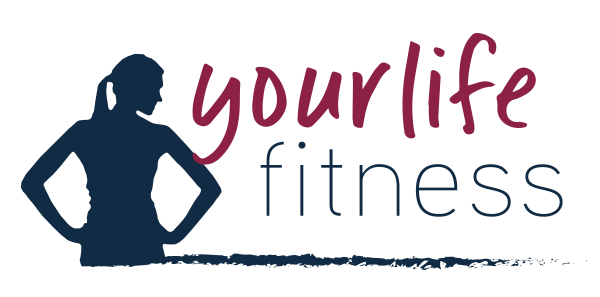How I can help you!
Many adults aged 65 and over spend, on average, 10 hours or more each day sitting or lying down, making them the most sedentary age group. They're paying a high price for their inactivity, with higher rates of falls, obesity, heart disease, and early death compared with the general population. It is recommended that older adults get at least 150 minutes of moderate intensity exercise per week and the benefits are amazing! I am qualified in Adapting Exercise for Older Adults and understand how exercise should be adapted and safely delivered. I can put together a programme that gently progresses you but most importantly that keeps you active. You can come and train at my private home gym in Midgham, West Berkshire, or if more comfortable and convenient, I can come to you
COVID-19 update - my gym is currently closed, however I am still able to offer outdoor or on-line one to one training. If you would rather join in with some group exercise, I run gentle exercise classes over Zoom 3 times a week - the classes are 30 mins long and as well as being physically beneficial, they are great fun! See here for more details.
BENEFITS OF EXERCISING FOR OLDER ADULTS
Live longer - According to the World Health Organization, leading a sedentary lifestyle is one of 10 leading causes of death and disability. Even gentle, regular exercise such as walking or swimming can increase lifespan by around three to five years.
Prevent falls - Improving muscle strength and bone density can be helpful in reducing the risk of falls as it can also improve balance. The WHO say regular exercise can reduce the risk of having a hip fracture by 40%.
Reduced risk of stroke or heart attack - Regular cardiovascular exercise, such as brisk walking, cycling or light housework – anything that raises the heart rate - will increase blood flow to the heart and boost your overall health.
Better bone density - Weight-bearing exercise such as walking or jogging can help increase the strength of bones and reduce the risk of developing osteoporosis and fractures. According to The National Osteoporosis Society, one in two women and one in five men will break a bone due to osteoporosis.
Reduced risk of developing dementia - Being sedentary in later years can increase the risk of developing dementia, according to a recent study published in the Journal of Alzheimer’s Disease. The study, which analysed more than 1,600 older adults over five years, found that those who did not exercise were more likely to develop dementia than those who did.
Prevent or delay disease - Exercise is an effective remedy for many chronic conditions. Studies show that people with arthritis, heart disease, or diabetes benefit from regular activity. It can also help in management of high cholesterol; keeping cholesterol levels within a healthy range can help to reduce the risk of heart disease and stroke.
More confidence and independence - A study by the Journal of the American Geriatrics Society examined exercise in the elderly and found that training led to improvements in functional reach and balance and reduced participants' fear of falling.
myths of exercising as you get older
Myth 1: There's no point to exercising. I'm going to get old anyway.
Fact: Regular physical activity helps you look and feel younger and stay independent longer. It also lowers your risk for a variety of conditions, including Alzheimer’s and dementia, heart disease, diabetes, certain cancers, high blood pressure, and obesity. And the mood benefits of exercise can be just as great at 70 or 80 as they were at 20 or 30.
Myth 2: Exercise puts me at risk of falling down.
Fact: Regular exercise, by building strength and stamina, prevents loss of bone mass and improves balance, actually reducing your risk of falling.
Myth 3: It's too frustrating: I'll never be the athlete I once was.
Fact: Changes in hormones, metabolism, bone density, and muscle mass mean that strength and performance levels inevitably decline with age, but that doesn’t mean you can no longer derive a sense of achievement from physical activity or improve your health. The key is to set lifestyle goals that are appropriate to your age. And remember: a sedentary lifestyle takes a much greater toll on athletic ability than biological aging.
Myth 4: I’m too old to start exercising.
Fact: You’re never too old to get moving and improve your health! In fact, adults who become active later in life often show greater physical and mental improvements than their younger counterparts. If you’ve never exercised before, or it’s been a while, you won’t be encumbered by the same sports injuries that many regular exercisers experience in later life. In other words, there aren’t as many miles on your clock so you’ll quickly start reaping the rewards. Just begin with gentle activities and build up from there.
Myth 5: I can't exercise because I'm disabled.
Fact: Chair-bound people face special challenges but can lift light weights, stretch, and do chair aerobics, chair yoga, and chair Tai Chi to increase range of motion, improve muscle tone and flexibility, and promote cardiovascular health. Many swimming pools offer access to wheelchair users and there are adaptive exercise programs for wheelchair sports such as basketball
Myth 6: I'm too weak or have too many aches and pains.
Fact: Getting moving can help you manage pain and improve your strength and self-confidence. Many older people find that regular activity not only helps stem the decline in strength and vitality that comes with age, but actually improves it. The key is to start off gently.


